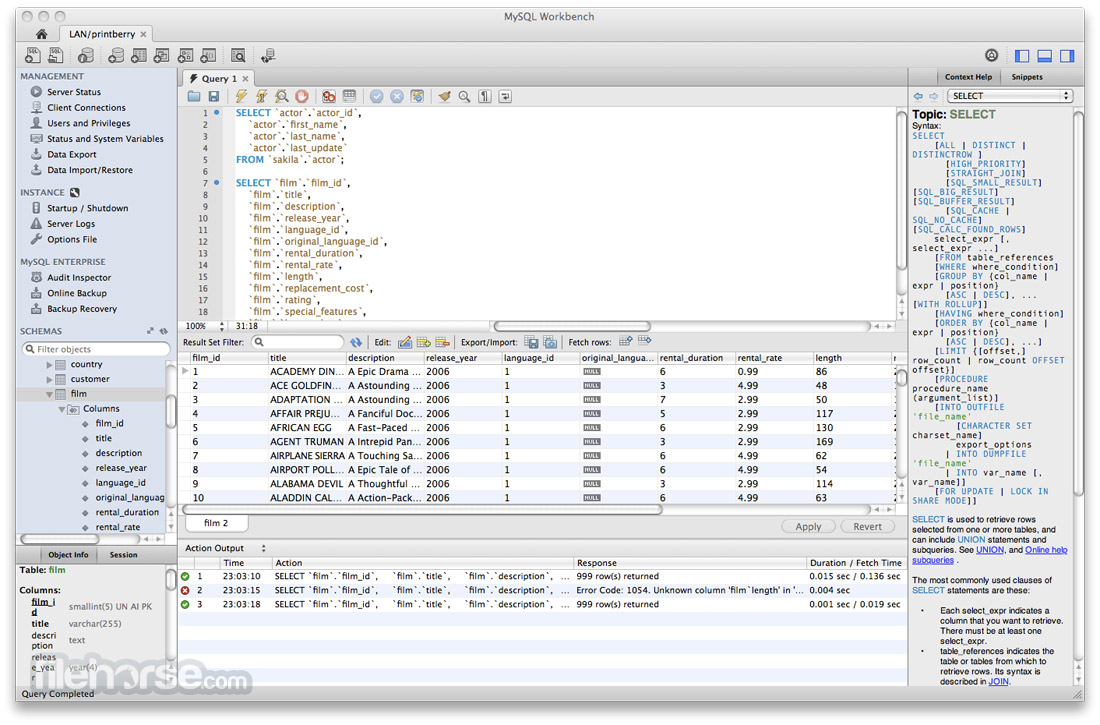
Can Mac Write To Exfat For Use By Microsoft
Ever run out of storage space and start wondering if it would be possible to take a crowbar to your new unibody MacBook Pro to pry it open and put another hard drive in? Neither do I.
However, it is frustrating that you have to sacrifice storage space because you spent the extra money to get a solid-state drive instead of the cheaper hard disk drive. So you figured, “Fine, I’ll just get an external hard drive.
I’ll store my media files on it while keeping the internal hard drive clear for apps and the OS.” While browsing the Internet for your external hard drive, you come across weird terms like NTFS, HFS+, FAT32, and exFAT. While your instinct may be to find out if it’s some weird slang acronym defined only on scandalous websites, you may fare better by reading below. NTFS If you own a Windows computer, the hard drive in your system is probably running the format, which stands for New Technology File System. While the “New” is originally referring to the year 1993, it has since been improved and updated over the years. NTFS has limits for file size and partition that are theoretically so large, you probably don’t have to worry about them in this lifetime. It also has a lot of additional features, such as security permissions to files and folders, hard links, a change journal, and more. WD 4TB Elements Desktop USB 3.1 Gen 1 External Hard Drive While NTFS works natively with Windows, it doesn’t work quite as well with other operating systems.
By default, Macs can only read NTFS and not write to them. Some versions of Linux can write to NTFS while others may not.
The Sony PS3 and the PS4 do not support NTFS at all. Even Microsoft’s own Xbox 360 failed to support NTFS, but Microsoft finally included NTFS support with the Xbox One. It is recommended to use NTFS if you’re working strictly with Windows computers. HFS+ As mentioned before, Macs can only read NTFS-formatted hard drives by default.
I just found something interesting: ExFAT support in Mac OS X Snow Leopard v10.6.4 (build 10F2090) Notice how the extension dates from July 17th, 2010, while Mac OS X v10.6.4 was released June 15th. Mac OS X Snow Leopard 10.6.5 and later can create, read, write, verify, and repair exFAT file systems. A FUSE-based implementation named fuse-exfat, or exfat-fuse, with read/write support is available for FreeBSD, multiple Linux distributions, and older versions of Mac OS X.

If you want to, you’re going to need the help of a third-party driver. However, if you’re working primarily with Mac computers, you’re probably better off using, which stands for Hierarchical File System, for native support. Also known as Mac OS Extended or HFS Extended, HFS+ is an improvement on the HFS file system, by supporting larger files and using Unicode for naming files. How to move mac files onto external hard drive formated for pc. HFS+ also has optional journaled features for improved data reliability.
G-Technology 4TB G-DRIVE G1 USB 3.0 Hard Drive While HFS+ formatted hard drives work great with Macs, they can’t really be used with other operating systems and devices, since it is a proprietary system from Apple. Windows computers won’t even recognize the drive if you plug it in and good luck trying to use them for other devices, such as gaming consoles. You should use HFS+ if you’re planning on using only Mac computers. APFS If you have a Mac running macOS High Sierra or later, you may consider converting your or to Apple File System (APFS). Optimized for all-flash storage, APFS features strong encryption, space sharing, fast directory sizing, and improved file system fundamentals.
Please note that APFS can only be read by Macs running macOS High Sierra or later. If you intend to use your external drive to move files between Macs running different OS versions, it is recommended that you format your drive in HFS+ instead. Seagate 4TB Backup Plus Portable Hard Drive In FAT32, a single file can only be as big as 4GB, which is very restricting considering the typical uncompressed Blu-ray movie can be anywhere from 20 to 40GB (and even more for an uncompressed UHD Blu-ray movie). FAT32 is mostly used for moving files to older systems, as well as other devices, such as the Sony PS3, Microsoft Xbox 360, and more. ExFAT While it may sound like a weight-loss product from a late-night infomercial, is a hard drive format that feels like the child of NTFS and FAT32. ExFAT takes everything that’s good about FAT32, such as compatibility and ease of use, and leaves out everything that was bad about it, like the 4GB file size limit. Instead, it has very large file and partition size limits, like NTFS, but none of its extra features to maintain its svelte file system.